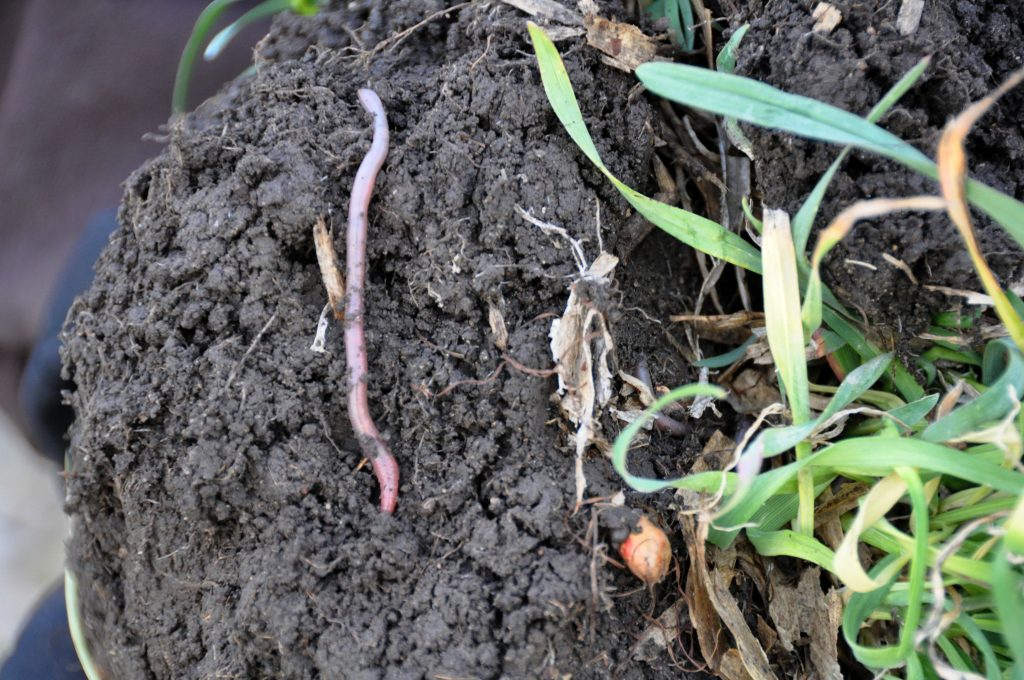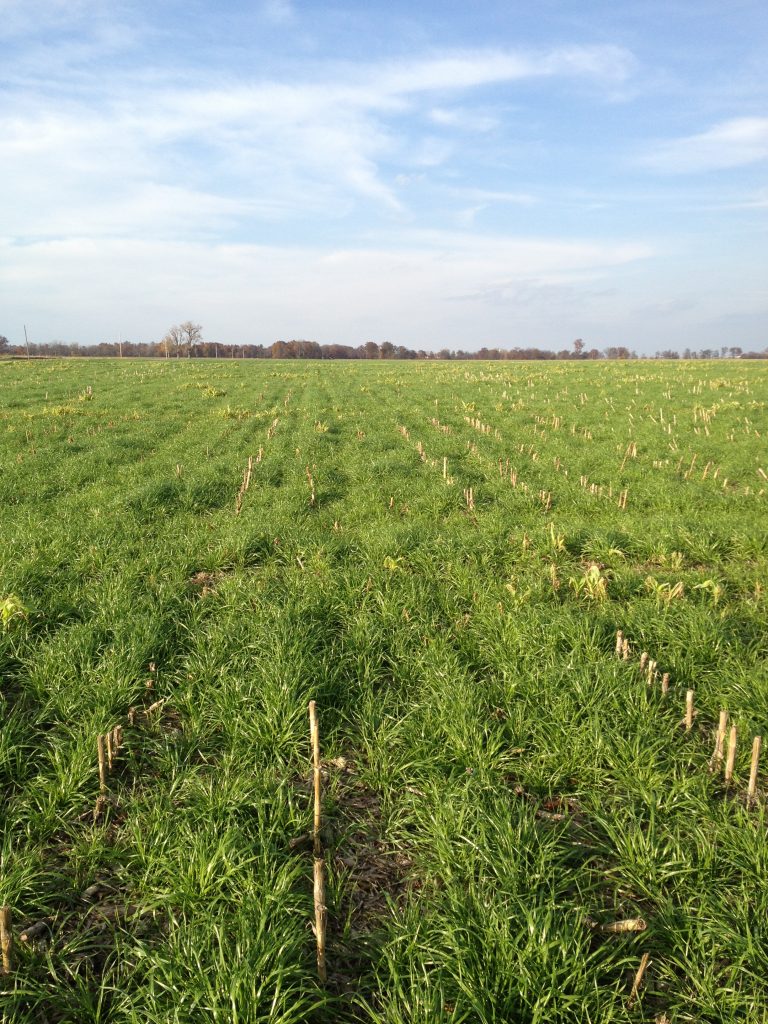The state of Illinois, through its agencies the Illinois Environmental Protection Agency and the Illinois Department of Agriculture, released the 2017-2019 biennial report on its Nutrient Loss Reduction Strategy.
The Illinois Nutrient Loss Reduction Strategy (IL NLRS) is one of many state strategies developed and implemented over the 31-state Mississippi River basin that are intended to reduce both point and nonpoint nutrient losses to improve the state’s overall water quality, as well as that of water leaving Illinois and making its way down the Mississippi River into the Gulf of Mexico.
Illinois farmers have become more aware of the variety of in-field and edge-of-field practices that can be implemented on their farm to address nitrogen and phosphorus loss. In-field practices include conservation tillage, cover crops, and applying nitrogen using split applications in the fall and spring; edge-of-field tile treatment practices include constructed wetlands, bioreactors, and saturated buffers. While these practices are being implemented by some farmers, the Illinois Sustainable Agriculture Partnership (ISAP) believes that it’s not at a rate to meet the 2025 goals of the NLRS.

Jill Kostel, ISAP Partner and Senior Environmental Engineer for the Wetlands Initiative agrees. “ISAP is working with farmers to increase voluntary efforts to reduce nutrient runoff. We know farmers are making changes in their operations due to nutrient loss concerns– but it simply is not fast enough and we need to accelerate the adoption of the appropriate practices in order to have a significant impact.”
As a coordinated group, ISAP members are focused on promoting and providing technical resources and guidance on the systems approach to addressing nutrient run-off. ISAP also recognizes the need for more state and federal resources.

Kris Reynolds, AFT Midwest deputy director, states, “Before we think about regulation, we need to build up our state and federal staff capacity and funding resources. The NLRS has had no new funding for its priorities and there is a very small pot of money available to farmers to try and implement practices. A few years ago, some money was distributed to watersheds, but the money, unfortunately, wasn’t prioritized to address nutrient loss.”
Megan Dwyer, Nutrient Loss Reduction Manager for the IL Corn Growers Association, added, “While increasing voluntary adoption of practices and restoring and building funding are key to success, the NLRS is a long-term strategy playing out on a moving surface. We continue to see flow rates of water increase and have to adjust our plans and expectations when more extreme weather events are becoming the norm.”
There needs to be more alignment and the funding needs to be prioritized so that the implementation of practices that achieve the goals of the IL NLRS are accelerated.